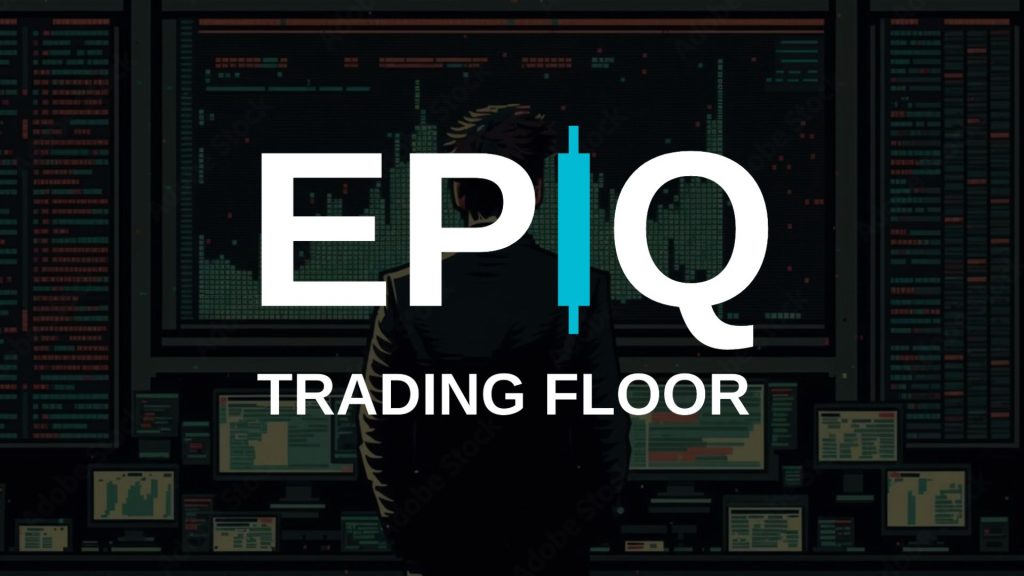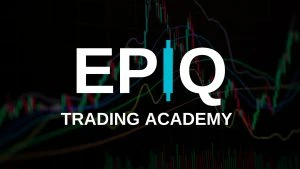Forex trading offers tremendous opportunities for financial growth, but with high reward comes inherent risk. One of the critical differentiators between successful traders and those who lose consistently is their approach to risk management. Effective risk management is not merely an optional strategy—it is an essential practice that determines longevity and profitability in the forex markets.
Ready to elevate your trading skills? Join the EPIQ Trading Floor today for exclusive access to trade signals via our mobile app, Members-only livestreams, and personalized one-on-one coaching. Try it risk-free for 3 days—use code BLOG at checkout for a 25% discount. You can cancel anytime within 72 hours without being charged.
Why is Risk Management Essential?
Risk management in forex trading refers to identifying, analyzing, and mitigating potential risks to minimize financial losses. The volatile nature of forex markets means prices can move quickly and dramatically. According to a report by DailyFX, inadequate risk management strategies are the leading cause behind most trader losses, highlighting the need for structured risk controls.
Implementing a robust risk management approach enables traders to maintain a stable portfolio, reduces emotional decision-making, and provides clarity during volatile market conditions. Successful traders recognize the inevitability of losses but aim to ensure that these losses are controlled, predictable, and minimal compared to their gains.

Key Components of Forex Risk Management
Position Sizing and Leverage
Understanding position sizing and leverage is fundamental to managing risk effectively. Position sizing determines the size of a trade based on your risk tolerance and capital, while leverage amplifies your trading power. While leverage can significantly boost profits, it also increases potential losses. It’s vital to maintain reasonable leverage levels that align with your overall risk appetite and trading goals. Traders often follow the general rule of risking no more than 1-2% of their capital on any single trade to maintain sustainability.
Using Stop-Loss Orders
One of the most straightforward yet powerful risk management tools is the stop-loss order. A stop-loss order automatically closes a trade when the market moves against your position by a predetermined amount. Using a stop-loss order helps traders limit potential losses and prevents emotionally-driven trading decisions. Properly placing a stop-loss requires market analysis, understanding volatility, and aligning it with your trading strategy.
Setting Realistic Profit Targets
While minimizing losses is crucial, setting realistic profit targets is equally important. Clear and achievable profit targets enable traders to exit trades systematically, avoiding the common pitfall of holding onto positions too long in hopes of greater profits. An effective trading plan incorporates both stop-losses and profit targets, creating structured and disciplined trading decisions.
Diversification and Currency Pair Correlations
Diversification is a key strategy for managing risk effectively. Trading multiple currency pairs that have different correlations ensures that your entire portfolio isn’t adversely affected by a single currency or economic event. Understanding how different pairs correlate allows traders to balance their portfolios and manage overall exposure effectively.
The Emotional Aspect of Risk Management
Beyond technical strategies, effective risk management involves controlling emotions. Psychological factors like fear, greed, and overconfidence often disrupt disciplined trading approaches. Forex markets can induce significant emotional stress, especially during rapid price swings. Building a structured risk management plan reduces emotional decision-making, promoting consistency and discipline over impulsivity.
Practical Steps to Improve Your Risk Management Skills
Successful risk management in forex trading requires ongoing learning, self-evaluation, and practice. Traders should regularly review and refine their trading strategies, risk tolerance levels, and emotional responses. Keeping a trading journal can significantly enhance your risk management practices by allowing you to analyze past trades, recognize patterns, and make informed adjustments.
Another valuable strategy is continuous education. Staying updated on market conditions, economic indicators, and emerging trends can help you anticipate potential risks and adjust your approach proactively.

Final Thoughts: Enhance Your Trading with EPIQ Trading Floor
Risk management isn’t just about avoiding losses—it’s about securing long-term success and sustainability in the forex market. At EPIQ Trading Floor, we offer comprehensive tools and expert guidance to sharpen your trading strategies, including an exclusive mobile app featuring professional trade signals, Members-only livestreams, and personalized one-on-one coaching.
Take the first step towards disciplined and profitable trading. Try our services risk-free for 3 days and use code BLOG at checkout to receive a 25% discount on your membership. You can cancel anytime within 72 hours without incurring any charges.
Disclaimer: This content is provided solely for educational purposes and is not intended as financial advice. Always perform your own research or consult with a qualified financial advisor before making investment decisions.










Responses